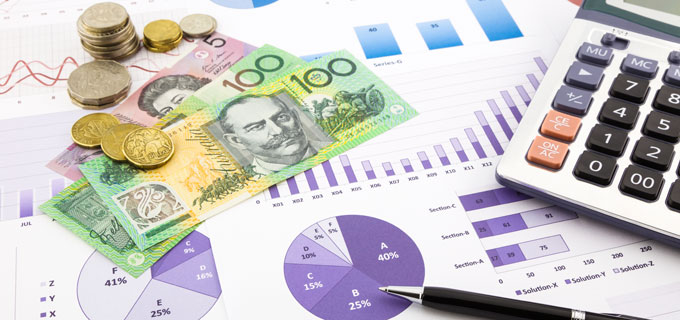Cloudsurfing and payments
Many in our industry are watching in fascination as the United States inches towards a real-time payments solution. There are three recent developments: the Fed’s Faster payments task force has defined effectiveness criteria for a new payments system, NACHA has received the Fed’s approval for its same day ACH rule, and most interestingly, The Clearing House – the high value clearing network for the larger banks – has announced a letter of intent with Vocalink to develop a new real-time system.
Judging by the Chicago Payments Symposium hosted by the Chicago Fed last month, there is still nothing like consensus on the “right” outcome, and the US is still some years from new mainstream payments services that are “cloud ready”.



